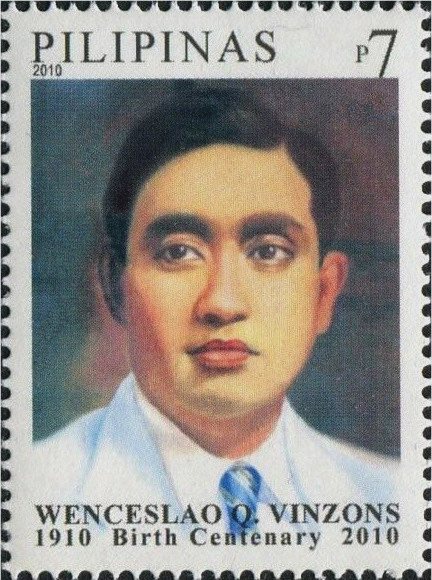
It was the Hunters ROTC guerrillas that liberated Biñán from the Imperial Japanese Army (IJA). On 3 February 1945, they attacked the town from three fronts: Carmona from the west, San Pedro Tunasán from the north, and Santa Rosa from the south. Led by Commander Marcial Alintanahin (two-time Municipal President), the Hunters stormed Biñán which was held captive by around 30 Japanese soldiers and about 50 Filipino collaborators. Biñán was freed in just one day.
Ironically, it was during the liberation of the Philippine Islands in 1945 when La Laguna and the rest of the country suffered the brunt of war. Many Lagunense towns such as Luisiana were totally destroyed. Many splendid churches such as Nuestra Señora de Guadalupe in Pagsanján were flattened into rubble.
The Philippine Islands were liberated from the cruel clutches of the IJA when Japan officially surrendered on 7 September 1945. A year after the war, on 4 July 1946, the Philippine Islands was declared independent by the US Government. It was a symbolic date for it was when the US declared her independence from the Kingdom of Great Britain in 1776. But it was almost a cheerless independence for Filipinos because the country was incapacitated as a result of the preceding war. Both infrastructure and economy were in shambles. Hundreds of thousands have perished. The Hukbalahap group turned rogue and rebelled against the government.
During the postwar tumult, La Laguna was left without a governor for a period of three years (1945–1948). The first governor under the new republic was Juan Pambúan who was responsible for La Laguna’s postwar rehabilitation. Biñán, however, was fortunate for having survived the carpet bombings during the closing days of World War II. That is why many ancestral houses dating back to the Spanish times have been preserved up to this day.

Today, Biñán celebrates the 78th anniversary of its liberation from the IJA.


